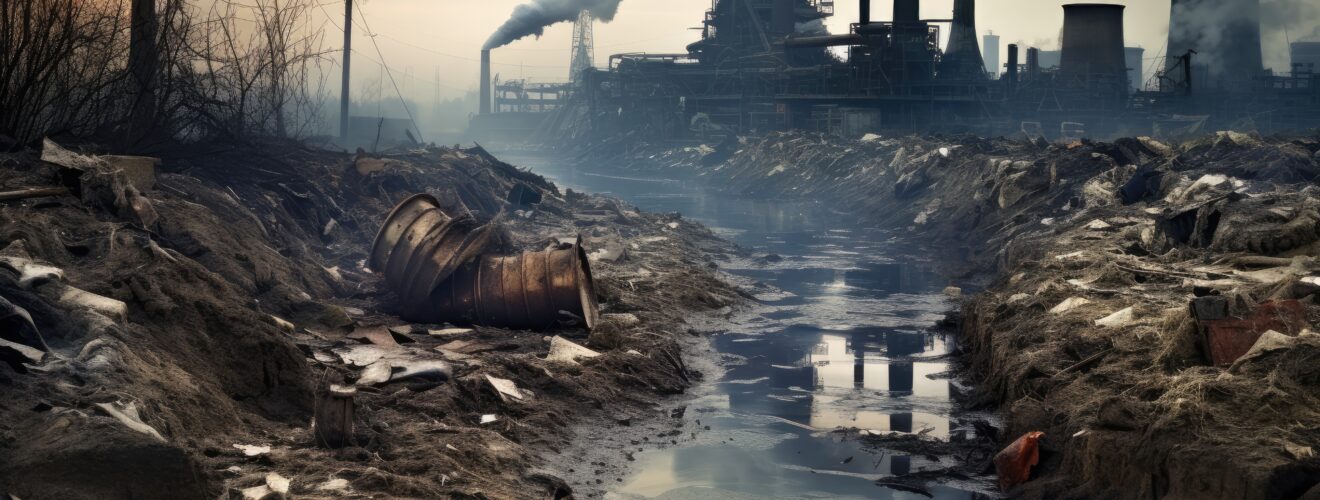Environmental Issues in the United States
The United States faces a myriad of environmental challenges that demand urgent attention and comprehensive solutions, these issues encompassed a broad spectrum, ranging from the overarching concerns of climate change to more localized problems like air and water pollution. The impact of human activities on ecosystems, biodiversity loss, and the sustainable management of natural resources have been critical focal points for environmental discussions. Additionally, the pursuit of cleaner and more sustainable energy sources, along with the imperative to address environmental justice concerns, has underscored the need for robust policies and concerted efforts at various levels. This opening paragraph merely scratches the surface of the multifaceted environmental landscape in the U.S., emphasizing the importance of understanding and addressing these challenges for the well-being of the planet and its inhabitants.
Several environmental issues were of concern in the United States. Please note that the situation may have evolved since then, and it’s advisable to check more recent sources for the latest information. Some prominent environmental issues in the U.S. include:-
Climate Change: The impacts of climate change were a major concern, leading to extreme weather events, rising sea levels, and disruptions to ecosystems. The U.S. was involved in international efforts to mitigate climate change, but domestic policies and actions were also crucial.
Air and Water Pollution: Air pollution, especially in urban areas, was a significant problem, contributing to respiratory issues and other health concerns. Water pollution, including contamination of rivers and groundwater, was also a focus, with concerns about industrial discharges, agricultural runoff, and inadequate wastewater treatment.
Deforestation: The loss of forests due to urban development, logging, and wildfires had implications for biodiversity, carbon sequestration, and overall ecosystem health.
Loss of Biodiversity: Habitat destruction, pollution, and climate change contributed to the decline of various plant and animal species. Conservation efforts and protection of natural habitats were critical for addressing this issue.
Waste Management: The management of solid waste, including plastic pollution, was a growing concern. Efforts were being made to promote recycling, reduce single-use plastics, and find sustainable solutions for waste disposal.
Energy Transition: The transition to cleaner and more sustainable energy sources, such as solar and wind power, was a key focus. This involved policy initiatives, technological advancements, and public awareness campaigns.
Natural Resource Depletion: The unsustainable use of natural resources, such as water and minerals, raised concerns about long-term environmental sustainability.
Environmental Justice: Disparities in environmental impacts on different communities, often with marginalized populations facing a disproportionate burden of pollution and environmental hazards, gained attention.
Wildlife Conservation: Efforts to protect and conserve endangered species and their habitats were ongoing, addressing threats such as poaching, habitat destruction, and disease.
Environmental Policies and Regulations: The efficacy and enforcement of existing environmental laws, as well as the development of new policies, played a crucial role in addressing these environmental issues.
It’s essential to stay informed about the latest developments in environmental issues, as policies, public awareness, and scientific understanding continue to evolve.









